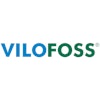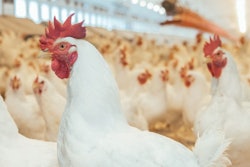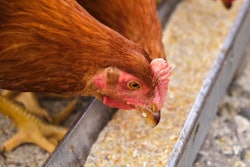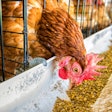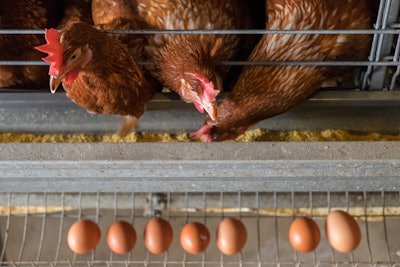
Induced molting can help quickly replace layer flocks after outbreaks of highly pathogenic avian influenza (HPAI) and other diseases, but this can come at a performance cost, namely when it comes to eggshell quality and production.
Adding organic trace minerals such as zinc, copper and manganese to layer diets after molting can speed recovery and improve bird health, as well as egg weight and production, Hugo Romero-Sanchez, Novus International, said at the International Poultry Scientific Form (IPSF), part of the 2024 International Production & Processing Expo (IPPE).
"Many organic trace minerals have shown to improve egg quality, hen bone structure and performance," he added.
Examining the impacts of trace minerals
He recently finished a study that examined the impact of zinc, copper and manganese on layer hens after induced molting.
Induced molting -- where the laying hens lose older feathers and grow new ones -- can rejuvenate the egg laying process. During molting, layers do not lay eggs. This is also known as a second production period.
Two hundred eight-eight layer hens were molted at 80 weeks of age. One-half received diets that were supplemented with zinc, copper, manganese and mineral methionine hydroxy analogue chelates (MMHAC).
The results of the study showed that organic trace minerals improved layer hen performance after induced molting and significantly resulted in gains in both egg weight and production. Layers fed organic trace that were less likely to crack and had a lower feed conversion ration (FCR).
Before now, it was unknown if organic trace minerals could consistently help layers after molting.


